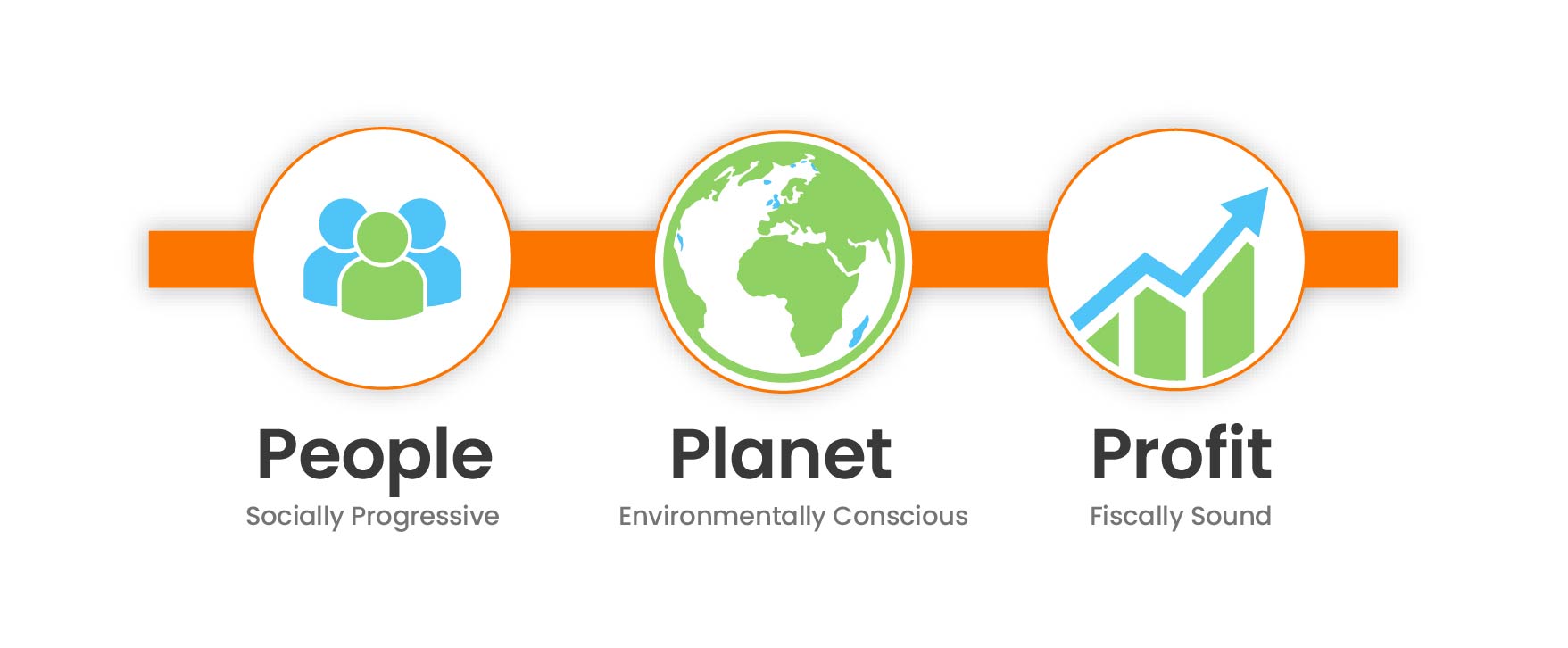A car’s key components are its engine, fuel, steering and wheels. An economy’s key components are infrastructure, innovators, markets and workforce. A hidden component protects all of them-the shock absorber. For the Indian economy, RBI is the shock absorber.
It enables progress by protecting all parts-consumers, innovation and structural integrity-from the strain of interacting with each other and the outside world. When there is conflict, RBI absorbs and dissipates the tension. We’ve benefited from this role for nine decades through independence, strengthening of bank balance sheets, oil shocks, bubbles, liberalisation, multiple financial crises and the pandemic.
UPI is a success not because of banks and fintechs investing in it, but because of prescient decisions such as mandating interoperability and keeping MDR (merchant in abeyance). RBI has nurtured it from experiment to product-market fit to mainstream adoption. Such behaviour change creates multibillion dollar outcomes. Incredibly, it resulted from choices made by this institution.
Future innovation is also likely to grow on the back of DPI. The account aggregator framework is an incredible opportunity to be the next UPI by putting citizens in control of their data and creating a secure and private information exchange system. Democratisation often creates discomfort. RBI can reprise its success by orchestrating the ecosystem and aligning incentives for all players to contribute to innovation on top of account aggregator. This will benefit consumers, reduce risk and enable ..
All of this requires trust, something that RBI has in plenty.
Ecosystem players need to trust RBI’s function, too. Each decision in isolation sometimes appears arbitrary to newer players in a hurry to create and grow markets. However, RBI has a bird’s eye view of developing risks, early warning signals and potential impact of macroeconomic challenges. RBI sees what each of us individually cannot.
Relatively small as fintech may be, increasing interoperability means that correlation between size or scale and risk becomes more tenuous, with even minor weaknesses causing widespread impact.
Those building institutions understand RBI’s orientation and engage in dialogue rather than reacting to its perceived ‘regulation by circular’ style. We all want the same thing-financial inclusion, economic stability, wealth creation and financial progress. The real source of conflict is between quarterly or generational time horizons.
While no economy can progress fast and for long without systemically preventing strain, reward for prudence among its players is the premium that trusted institutions command in the long term. With this as a point of alignment of interests, we would do well to remember that regulatory scrutiny is a rite of passage in any systemically important sector. Those who use it as a compounding input are more confident and capable of thriving in the long term. There are no shortcuts to being fit and proper.
Source: Economic Times, 18th August, 2024
Author: Kunal Shah, Founder of CRED
It enables progress by protecting all parts-consumers, innovation and structural integrity-from the strain of interacting with each other and the outside world. When there is conflict, RBI absorbs and dissipates the tension. We’ve benefited from this role for nine decades through independence, strengthening of bank balance sheets, oil shocks, bubbles, liberalisation, multiple financial crises and the pandemic.



